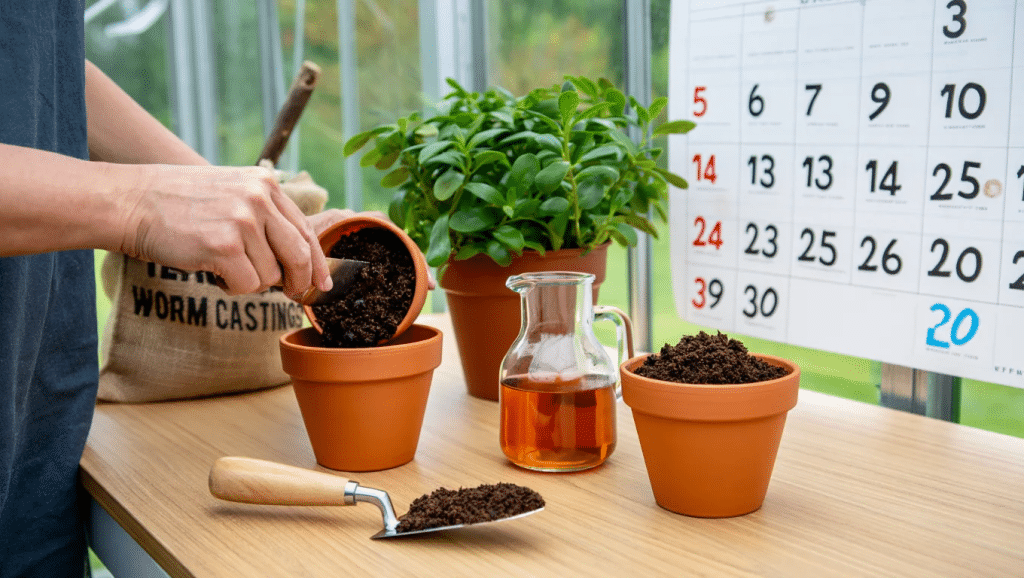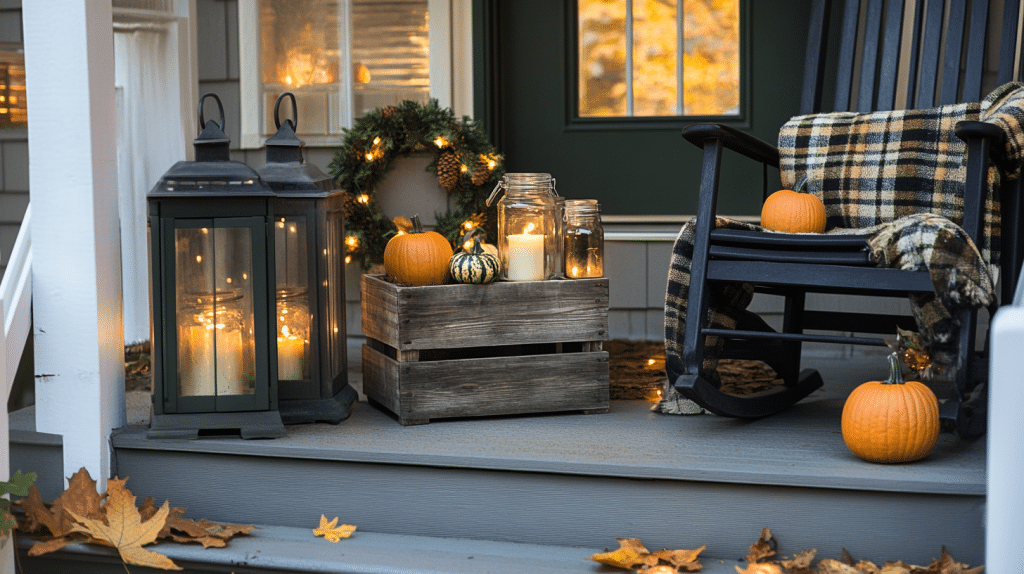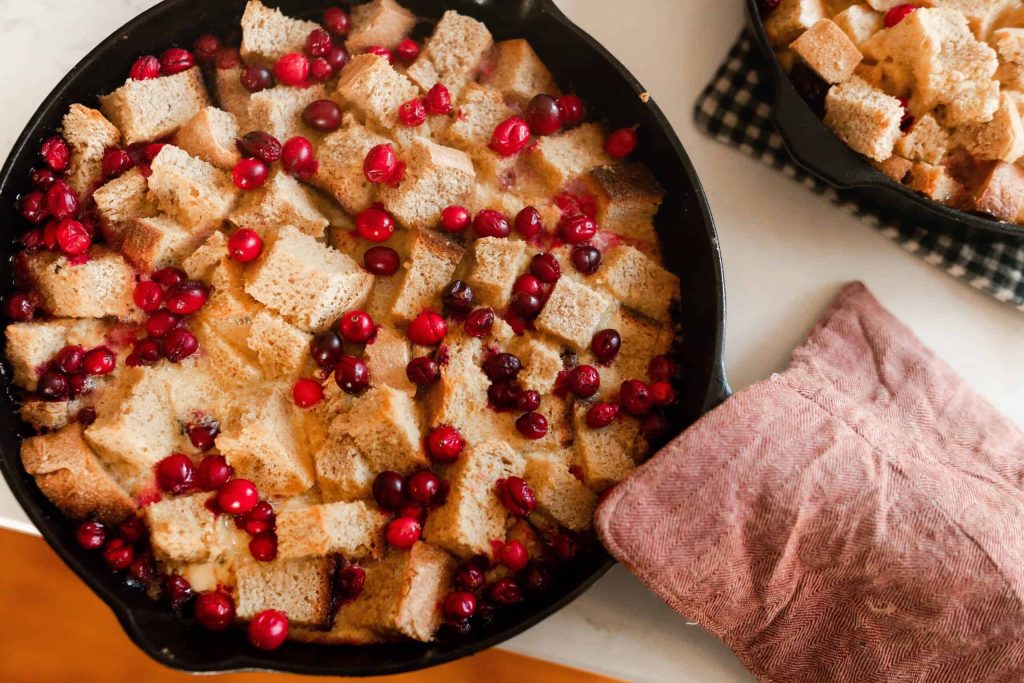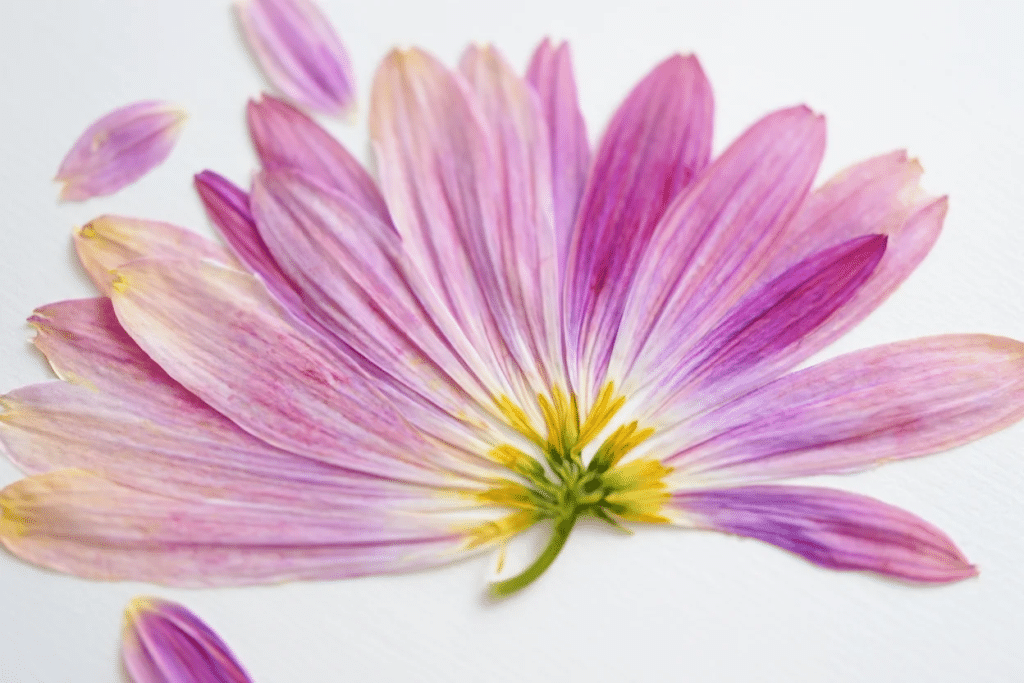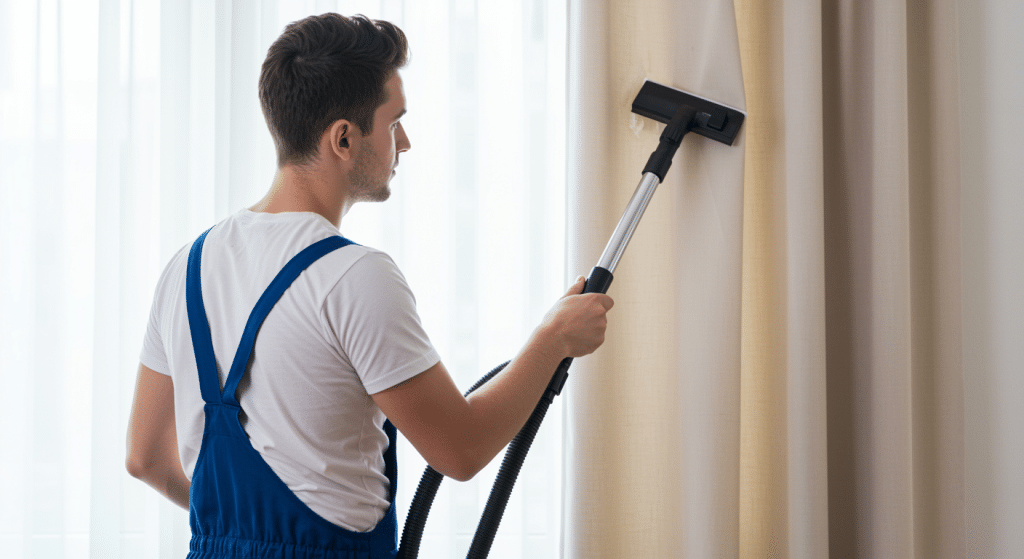Growing beautiful potted plants can be tough when the soil loses its punch over time. I’ve seen my container plants struggle despite my best efforts with store-bought fertilizers.
Worm castings changed everything for me. These small, dark pellets of worm poop are plant gold!
In this blog, I’ll show you how to use worm castings in potted plants for mind-blowing results. You’ll learn the right amounts to add, the best application methods, and when to use them for different plants.
I’ll also share my simple mixing tips that have made my houseplants thrive like never before.
What are Worm Castings?
Worm castings are simply worm poop. I know it sounds gross, but they’re really good for plants.
When worms eat organic matter, they digest it and create these small, dark pellets that look like coffee grounds. These castings are full of good bacteria, enzymes, and nutrients that plants love.
Unlike harsh chemical fertilizers, worm castings won’t burn your plants. They also help soil hold water better and allow air to flow through it. The best part? They slowly feed your plants over time.
I started using worm castings after my friend told me about them. The results were clear – my plants got bigger, greener, and had more flowers.
Key Benefits of Using Worm Castings in Pots
Worm castings have made a huge difference in my potted plants. When I first tried them, I was skeptical about using worm poop on my prized houseplants.
But now, I can’t imagine not using them! The changes in my plant health were quick and obvious.
- Packed with nutrients: They contain nitrogen, phosphorus, potassium, calcium, and magnesium that plants need
- Improve soil structure: They help soil hold water while still allowing good drainage
- Add helpful microbes: They bring beneficial bacteria and fungi that create a mini ecosystem in your pot
- Work slowly: They release nutrients gradually, giving plants a steady food supply
- Won’t burn plants: Unlike chemical fertilizers, they’re gentle and can’t harm your plants
- Reduce pests: They help plants resist common insects and diseases
- Eco-friendly option: They’re 100% natural and sustainable, making them great for the planet
How to Use Worm Castings in Potted Plants
Adding worm castings to your potted plants isn’t complicated, but there are ways to get the best results. I’ve tried different methods over the years with my houseplants and outdoor containers.
Here’s my simple approach on how to use worm castings in potted plants that works every time for healthy, thriving plants.
1. Prepare Your Materials
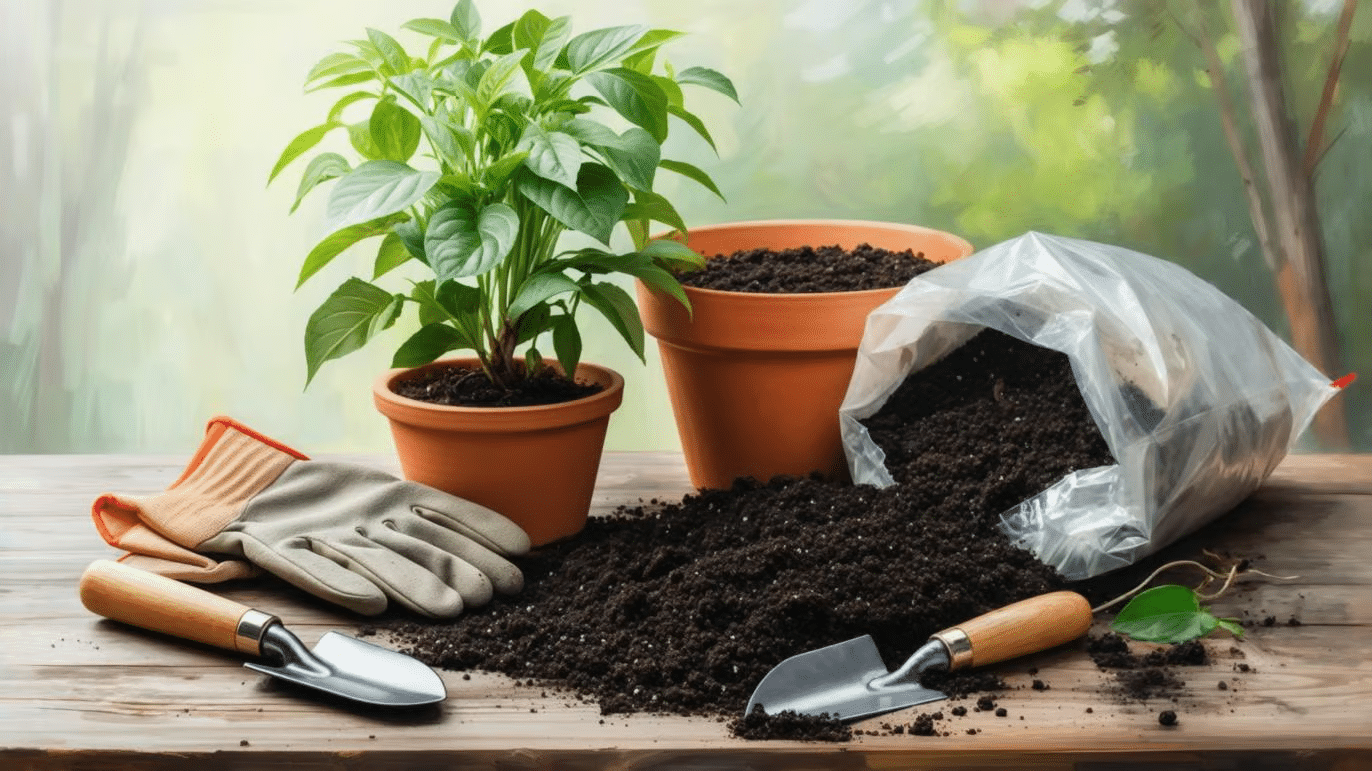
Get everything ready before you start. You’ll need worm castings, a small trowel or spoon, gloves (optional), your potted plant, and fresh potting soil if you’re repotting. Choose quality castings that smell earthy and look like dark coffee grounds.
Avoid any that smell bad or have a slimy texture, as these might not be fully processed.
2. For New Plants
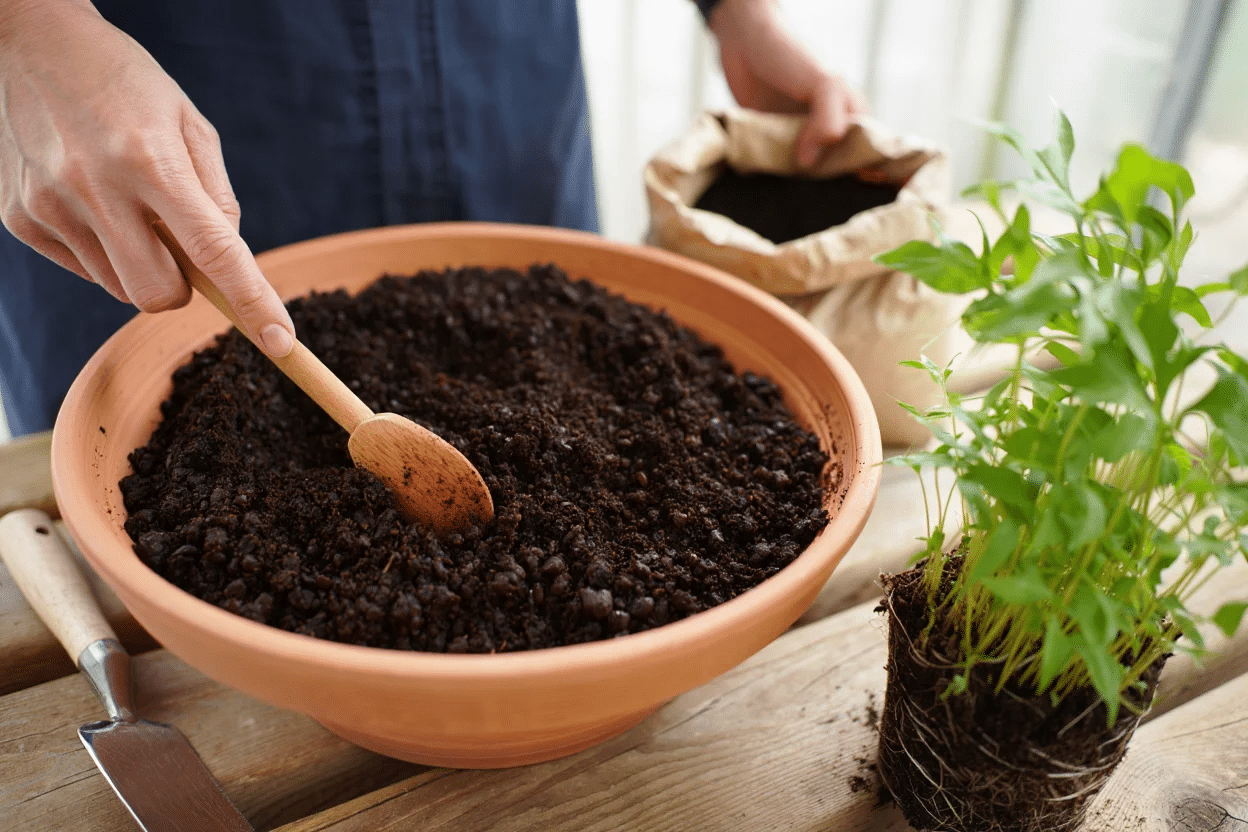
When potting up a new plant, mix worm castings with your potting soil.
A good ratio is about 1 part castings to 4 parts soil. Stir them together well to spread the castings evenly. This creates a nutrient-rich base that will feed your plant for months.
The castings help young plants form strong roots from the start.
3. For Existing Plants: Top Dressing
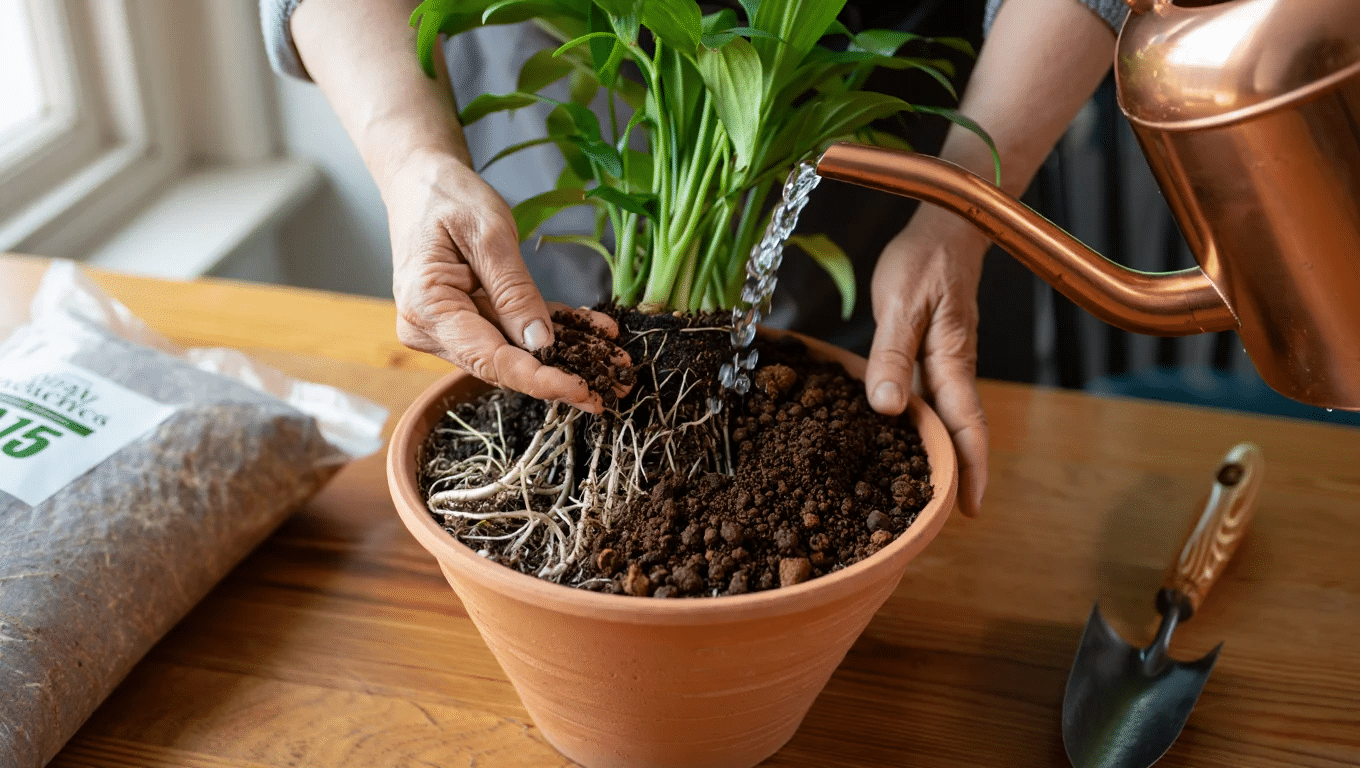
For plants already in pots, apply castings as a top dressing.
Gently remove the top inch of soil without hurting the roots. Add a half-inch to one-inch layer of worm castings over the exposed soil. Then add a thin layer of fresh soil on top.
Water well after applying to help activate the nutrients.
4. For Existing Plants: Making Tea
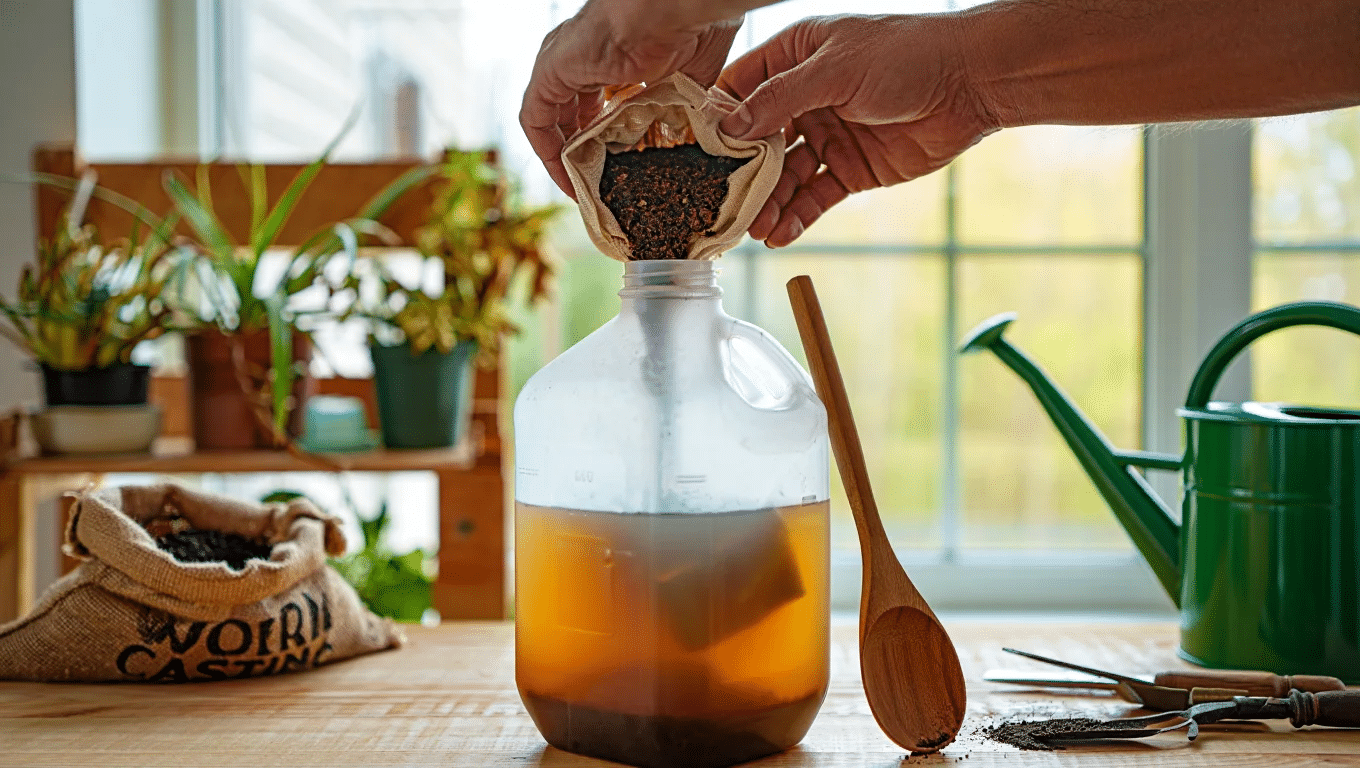
Make worm casting tea for a quick nutrient boost. Put one cup of castings in a cloth bag and place it in a gallon of water. Let it steep for 24 hours, stirring now and then.
Remove the bag and use the tea to water your plants. This liquid gold feeds plants fast and can help sick plants recover.
5. Set a Schedule
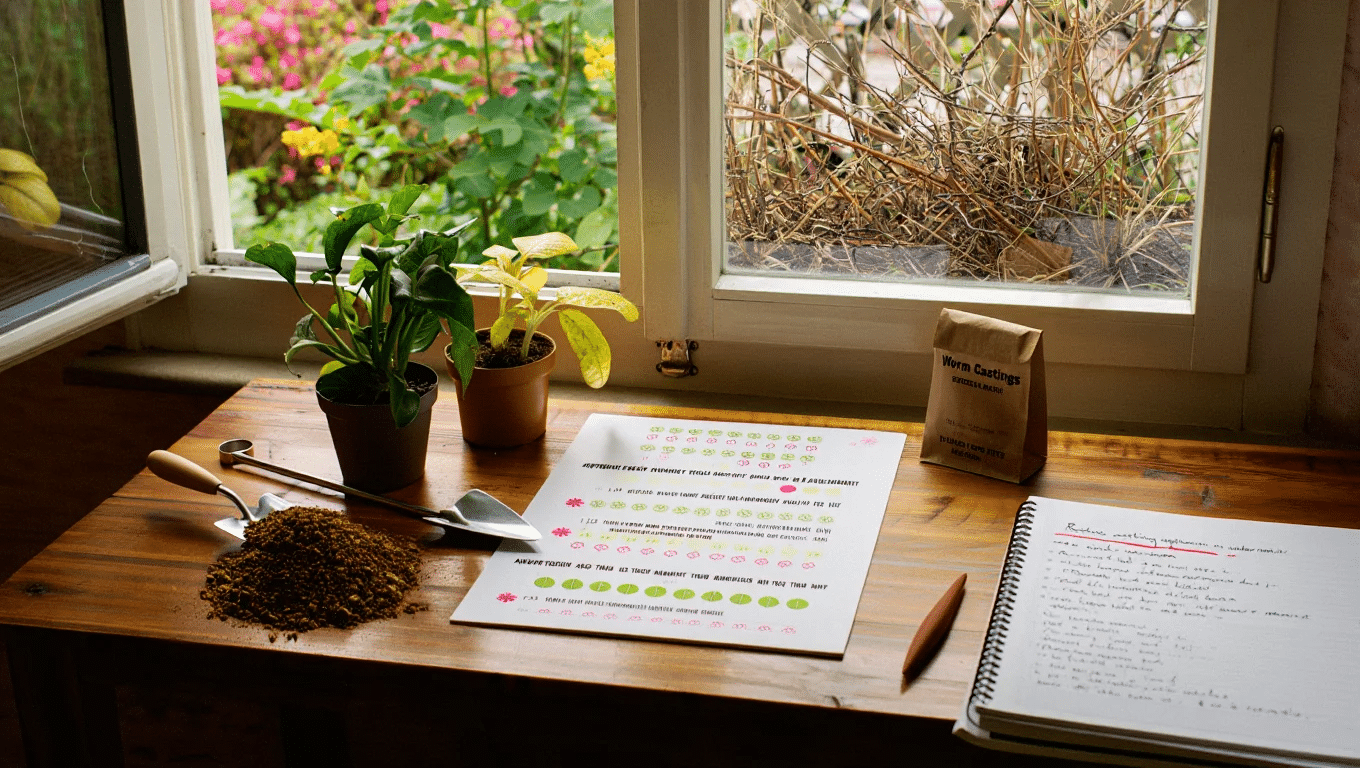
Apply worm castings every two to three months during the growing season. Plants that grow fast or flower a lot may need more. Watch your plants for signs that they need food yellow leaves, slow growth, or fewer flowers.
Reduce the amount and frequency during winter when most plants grow less.
How to Use Worm Castings in Potted Plants Indoors?
Worm castings are an excellent natural fertilizer for indoor plants. To use:
- Mix worm castings into potting soil at a ratio of 1 part castings to 3-4 parts soil.
- For established plants, sprinkle 1-2 tablespoons of pure castings on the soil surface and water in.
- Steep 1 cup of castings in 1 gallon of water overnight to make a liquid fertilizer. Strain and use to water plants every 2-4 weeks.
The nutrients in worm castings are slow-released, preventing issues like fertilizer burn.
They also improve soil structure, moisture retention, and beneficial microbial activity. With their neutral pH and gentle fertilizing action, worm castings are perfect for keeping indoor plants healthy.
Common Mistakes to Avoid
I’ve made plenty of errors when I first started using worm castings in my plant pots. Learning from these slip-ups helped me get much better results later on.
If you’re new to using worm castings, watch out for these common mistakes that might stop you from getting the full benefits.
- Using too much: More isn’t always better; excessive amounts can make soil too dense
- Mixing too deeply: Worm castings work best in the top layers of soil, where roots and microbes are most active
- Expecting instant results: They work slowly; plants need time to show improvement
- Storing them incorrectly: Keeping castings in sealed plastic bags kills the helpful microbes
- Using them with chemical fertilizers: Chemicals can harm the beneficial organisms in the castings
- Forgetting to water after application: Water activates the microbes and helps nutrients reach roots
- Applying to dry soil: Castings work best when added to slightly damp soil, not bone dry
Wrapping It Up
Hope that I have learned how to use worm castings in potted plants. I’ve seen my plants go from sad to spectacular with worm castings. They’re a simple solution that works wonders. You don’t need to be a plant expert to use them.
Looking back at what we’ve covered, worm castings offer an easy way to boost plant health without harsh chemicals. They fix many common plant problems while being good for our planet, too.
And remember, happy soil means happy plants! Adding these natural little powerhouses to your potting routine might be the change your plants have been waiting for. I’d love to hear how worm castings work for your green friends!


